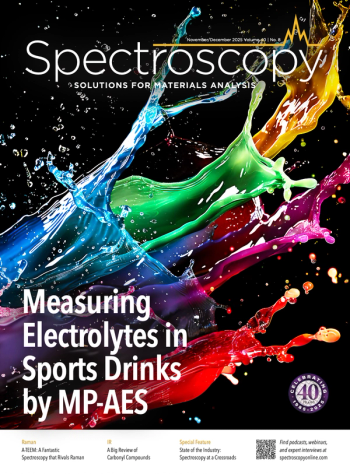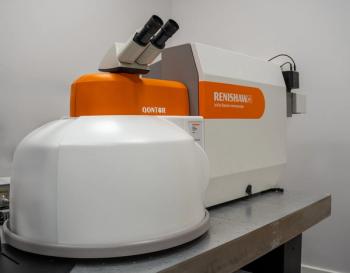
Novel Thiazole-Pyrazole Fused Benzo-Coumarin Compounds Show Promise as Treatment for Alzheimer's Disease
A recent study out of North-Eastern Hill University in India explores a new method that could aid the treatment of Alzheimer’s disease in patients.
By characterizing and synthesizing derivatives of thiazole-pyrazole fused benzo-coumarin compounds, researchers at North-Eastern Hill University believe that they have unlocked a new way that can advance the treatment of Alzheimer’s disease in patients. The study, led by Sivaprasad Mitra, sheds light on the significant therapeutic promise of these compounds for combating Alzheimer’s disease, as reported in Spectrochimica Acta Part A: Molecular and Biomolecular Spectroscopy (1).
To synthesize the compounds, the researchers first examined the photophysical properties of the compounds across various mediums (1). This involved using steady-state and time-resolved fluorescence spectroscopy. By using these spectroscopic techniques, the researchers were able to discover of impact substitution on the compounds' spectroscopic and physicochemical properties (1).
An important component of Alzheimer’s disease treatment is evaluating anti-acetylcholinesterase (anti-AChE) activity. The synthesized coumarinyl compounds demonstrated a non-competitive mode of inhibition against AChE (1). One of the investigated compounds displayed an estimated IC50 value of 67.72 ± 2.00 nM, surpassing that of the FDA-approved AD drug Donepezil (DON) (1). What this shows is that coumarin derivatives as AChE inhibitors are highly potent, revealing their ability to help treat Alzheimer’s disease.
The study also revealed that the presence of human serum albumin (HAS) reduced the inhibition efficacy of the compounds (1). This shows that albumin proteins play an important role in therapeutic analysis, because they control therapeutic effectiveness of potential medications (1).
The researchers also sought a greater understanding of how HAS, AChE, and the compounds interact with one another. They did this by conducting spectroscopic and in silico analysis, which allowed them to understand the compounds’ biophysical characteristics greater (1).
The investigation involved three derivatives of thiazole-pyrazole fused benzo-coumarin, each showcasing distinct substitutions in the benzene ring (1). The compounds exhibited the highest quantum yields in the non-polar solvent CCl4, with L2 standing out by displaying the highest quantum yield value among the trio (1).
The research team demonstrated a new method that could be used in evaluating medications designed to treat Alzheimer’s disease symptoms. This research, therefore, advances science and medicine, combating a disease that affects millions worldwide.
This article was written with the help of artificial intelligence and has been edited to ensure accuracy and clarity. You can read more about our
Reference
(1) Bhatta, A.; Upadhyaya, J.; Chamlagai, D.; Dkhar, L.; Phanrang, P. T.; Kollipara, M. R.; Mitra, S. Exploring the Impact of Novel Thiazole-pyrazole Fused Benzo-coumarin Derivatives on Human Serum Albumin: Synthesis, Photophysical Properties, Anti-cholinergic Activity, and Interaction Studies. Spectrochimica Acta Part A: Mol. Biomol. Spectrosc. 2024, 308, 123699. DOI:
Newsletter
Get essential updates on the latest spectroscopy technologies, regulatory standards, and best practices—subscribe today to Spectroscopy.



